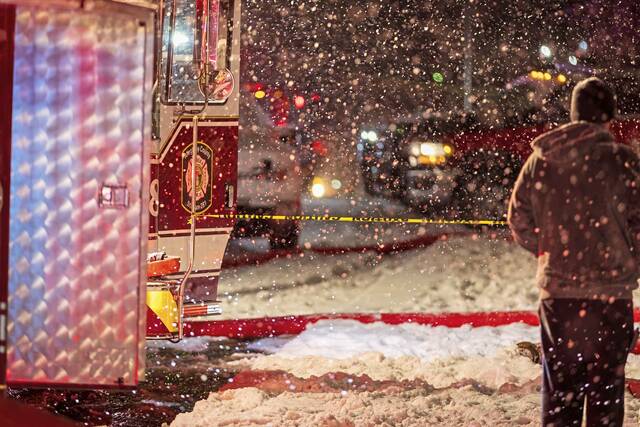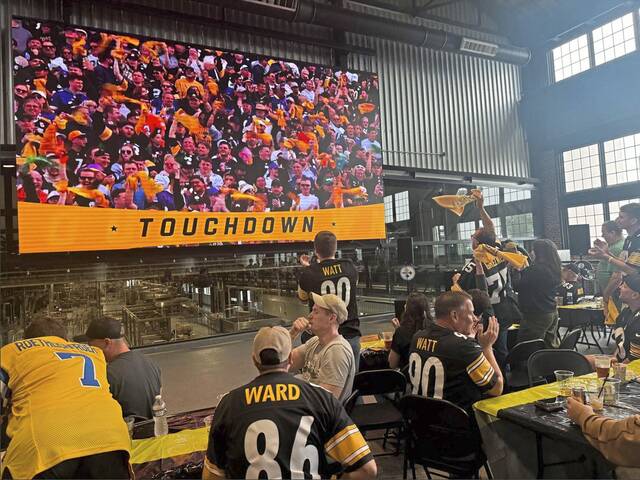At one time, a whiskey brand recognized worldwide was distilled in the Alle-Kiski Valley.
The Schenley Distilling Company was established in 1888 in the small community of the same name, part of Gilpin.
The plant was located near the junction of the Allegheny and Kiski rivers.
After Prohibition, Schenley Distilling was one of the largest producers of whiskeys and related spirits, employing more than 2,000 people.
The company was founded by Henry Bischoff and his brother-in-law, Frank Maurice Sinclaire.
A chemist, Sinclaire held patents on charcoal rectifiers used in the manufacture of spirits. He found that the water coming from an aquifer beneath the neighborhood was ideal for distilling.
It also helped that the proximity to high-quality grains and the railroad running along the rivers could get the products to market.
The Schenley section of Gilpin gets its name from Mary Schenley, heir to considerable tracts of land in Western Pennsylvania. It was inherited from her father, Col. William Croughan Jr. Other places named after Schenley include Schenley Park in Pittsburgh and the former Schenley High School.
The company grew quickly from its start of five warehouses at a capacity of 10,000 barrels. Schenley soon handled 200 bushels of grain daily.
The company prospered until 1919 when the 18th Amendment to the U.S. Constitution was passed. It was commonly known as the Prohibition Act, and it forbid the sale and manufacture of alcoholic beverages.
At that point, bottling of Schenley products was “for medicinal purposes only.”
In 1924, the company was sold to Joseph Finch & Co. The new distiller bought Finch’s rectifier from Pittsburgh’s South Side and moved it to Schenley.
Once Prohibition was repealed in 1933, the distillery thrived. The company boasted 67 buildings on 60 acres, plus a company-owned 265-acre farm.
The arrangement of the buildings was designed for the proper flow of materials. One building was dedicated to employees and housed an auditorium and a bowling alley.
Another building was the Schenley Club. Out-of-town visitors stayed there and were afforded a panoramic view of the Allegheny River and the surrounding rolling hills.
From 1933-37, Schenley — the Joseph Finch Co. specifically — was considered the largest distiller in the country. The company was also considered Western Pennsylvania’s largest taxpayer, with all the extra taxes and fees slapped on the industry.
But after the U.S. entered World War II following the attack on Pearl Harbor, Schenley then turned to producing war alcohol. The alcohol was vital in manufacturing synthetic rubber, explosives and other war-related materials.
It was thought that Nazi infiltrators would commandeer alcohol from the distillery. To prevent that, three or four artillery guns were manned by the Army across the Allegheny River near the Dock Hollow section of South Buffalo Township.
After the War, the brand name Schenley expanded its offerings to blends of whiskeys such as bourbons, Canadians and Scotches, along with gins, brandy, vodka, tequila and rum.
In 1968, the Glen Alden Corp. bought out Joseph Finch’s shares and moved the headquarters to four floors of New York City’s Empire State Building.
By 1974, there were still 400 employees in Schenley with an annual payroll of $4 million.
In 1981, however, the distillery became a unit of Rapid-American Corp. and the workforce declined to 140.
Finally, on Nov. 11, 1983, the last bottle of whiskey was capped at the historic plant.











